Hi Simon! Tell us about yourself in two sentences - who are you?
I’m a marine biologist working globally on whale shark ecology and conservation. I get to visit some amazing places, so I thought I’d better buy myself a camera...
QWhat's the weirdest situation you've found yourself in while taking a photograph?
AA few years ago, when I was living in Mozambique I was out on a boat searching for whale sharks, but instead we came across a great white shark(!) on the surface. It was big - almost 5 m long - and I wasn't brave enough to jump in, but I did get a couple of friends to hold onto my legs while I hung over the side to shove my camera underwater. That, my friends, is trust.
QWhat do you shoot on? What's your favourite set up?
AI’ve got a Panasonic GX1, basically a DSLR without an optical viewfinder, which means they have good image quality in a small and light package. The GX1 had a great Nauticam housing available, and an excellent lens selection. The Panasonic 8 mm fisheye is wonderful for wide angle shots underwater, and the Panasonic 100-300 is good on safari. About 95% of my photos are taken on one of these two lenses. Recently, I've also been travelling with a DJI Phantom Vision+ quadcopter. It's an amazing photographic tool. It does take up a bit more space, but it's worth it.
QWhat's your number one tip for an aspiring photographer?
AGet close, and wide. Above or below the water, these are always my favourite shots. With wildlife on land, using a monopod to sneak the camera a bit closer can help to accomplish this. Underwater, the main problems I see are people not getting close enough, and not thinking about white balance. Shooting in raw makes the latter much easier to deal with. More generally, if you're interested in making some money from your photography, you're on the right site! I'd never tried to sell pictures before, and had no idea where to start. I’m actually using Picfair as the payment solution on my website. Picfair makes it ridiculously easy - and you set your own price, so there's no downside. Picfair also does a great job of promoting my photos, which I very much appreciate.




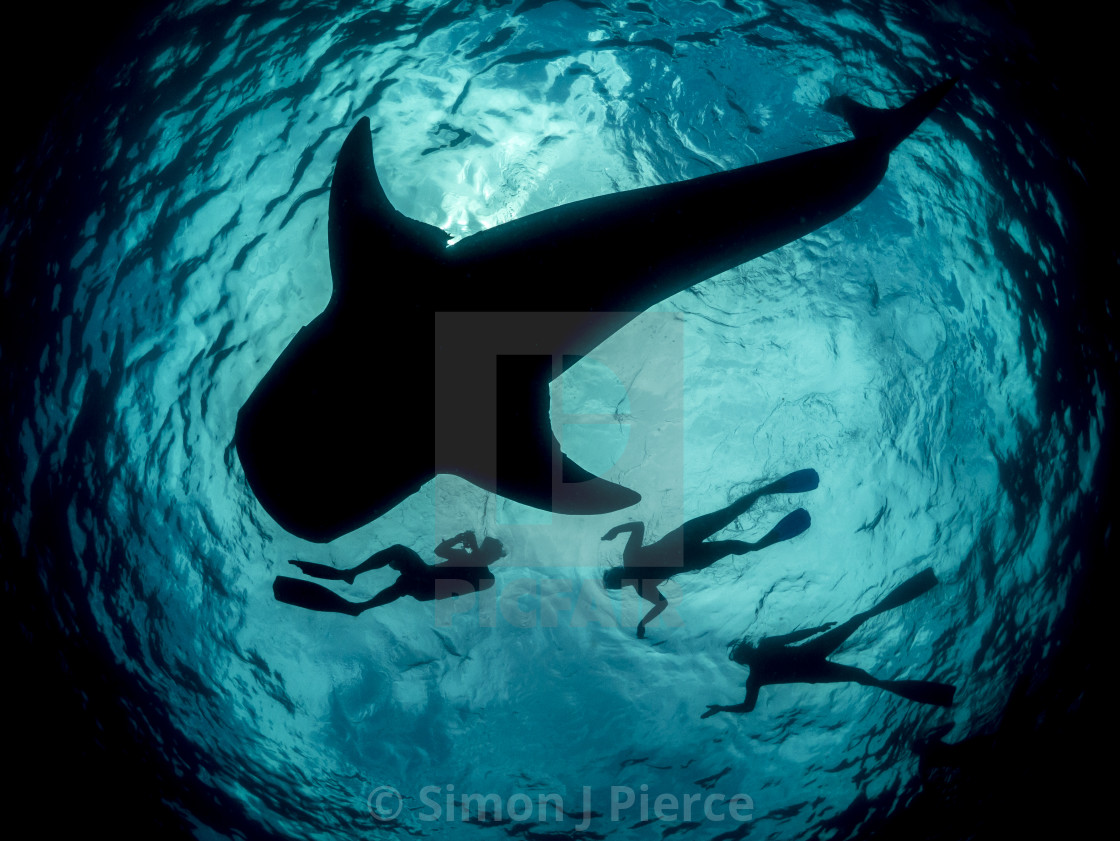
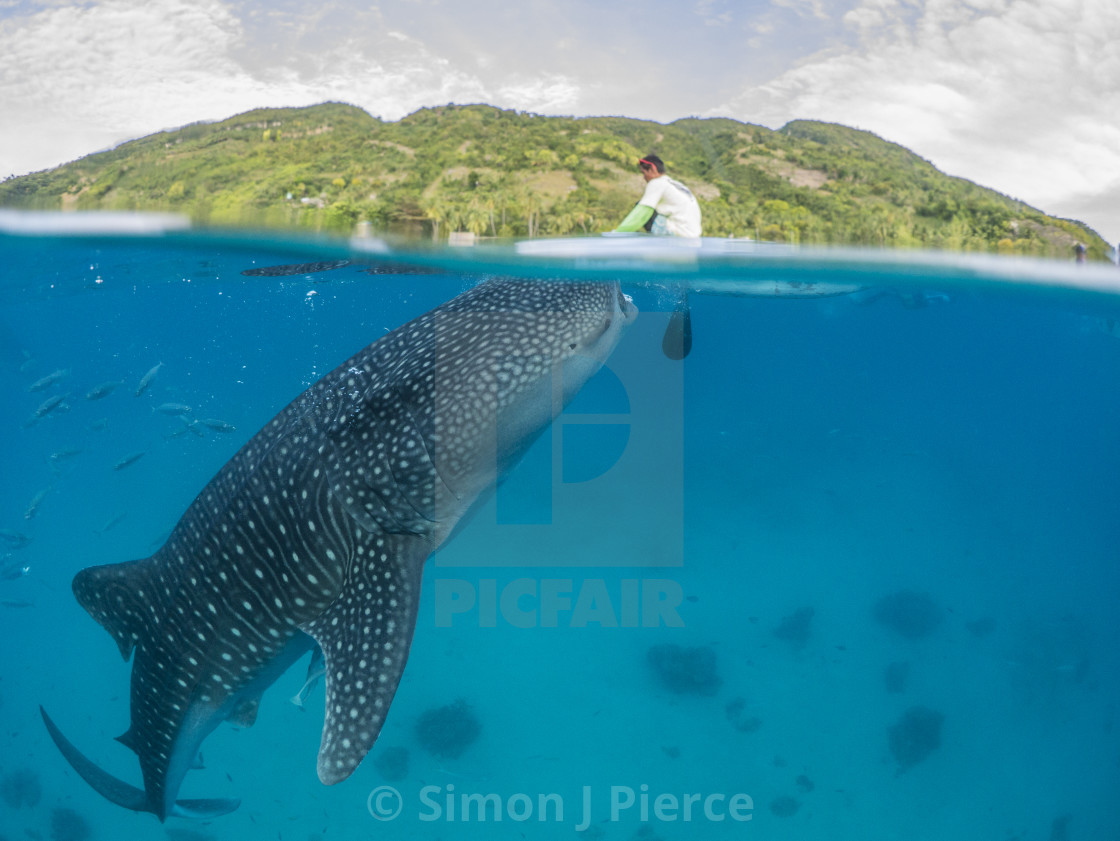
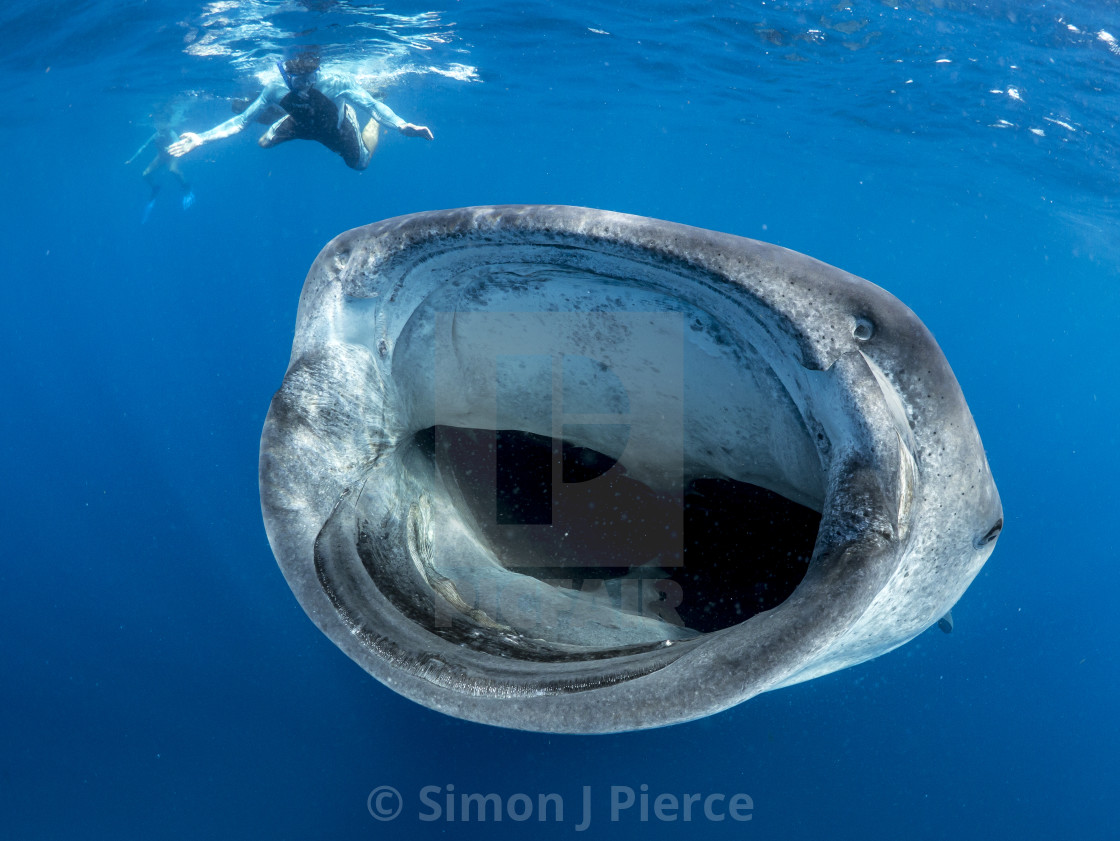
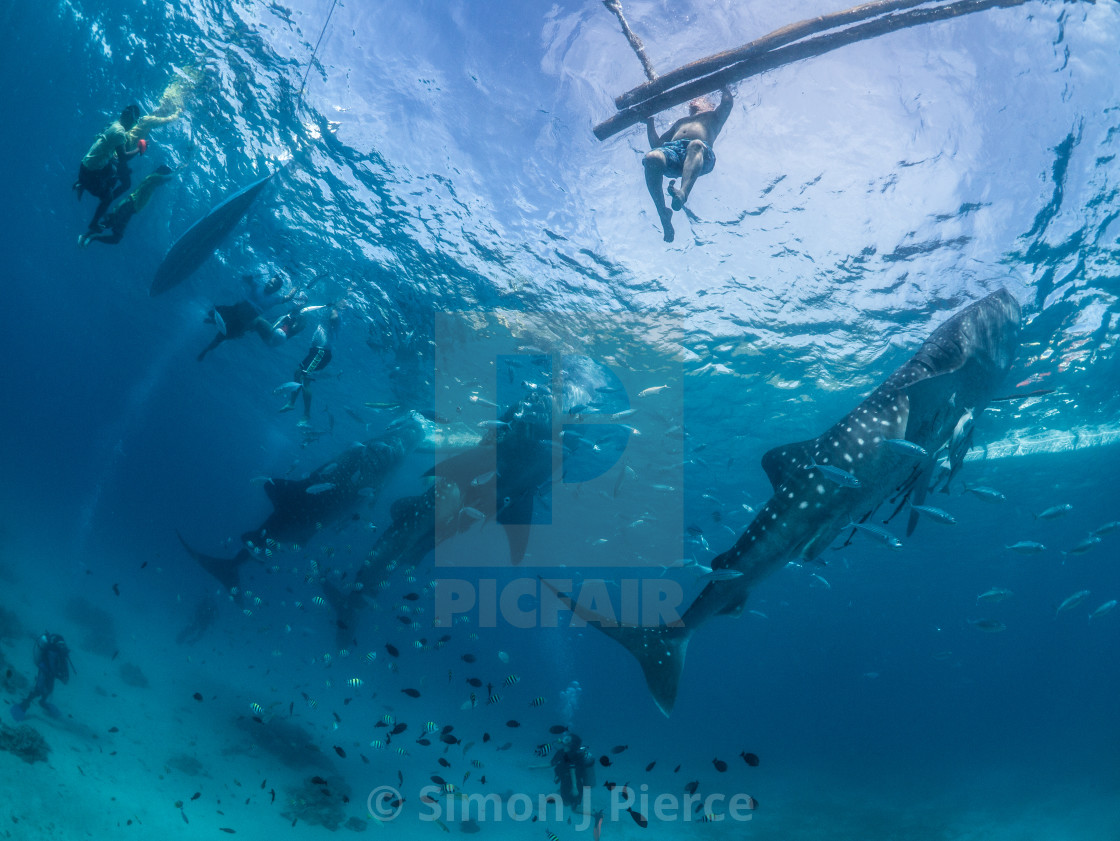
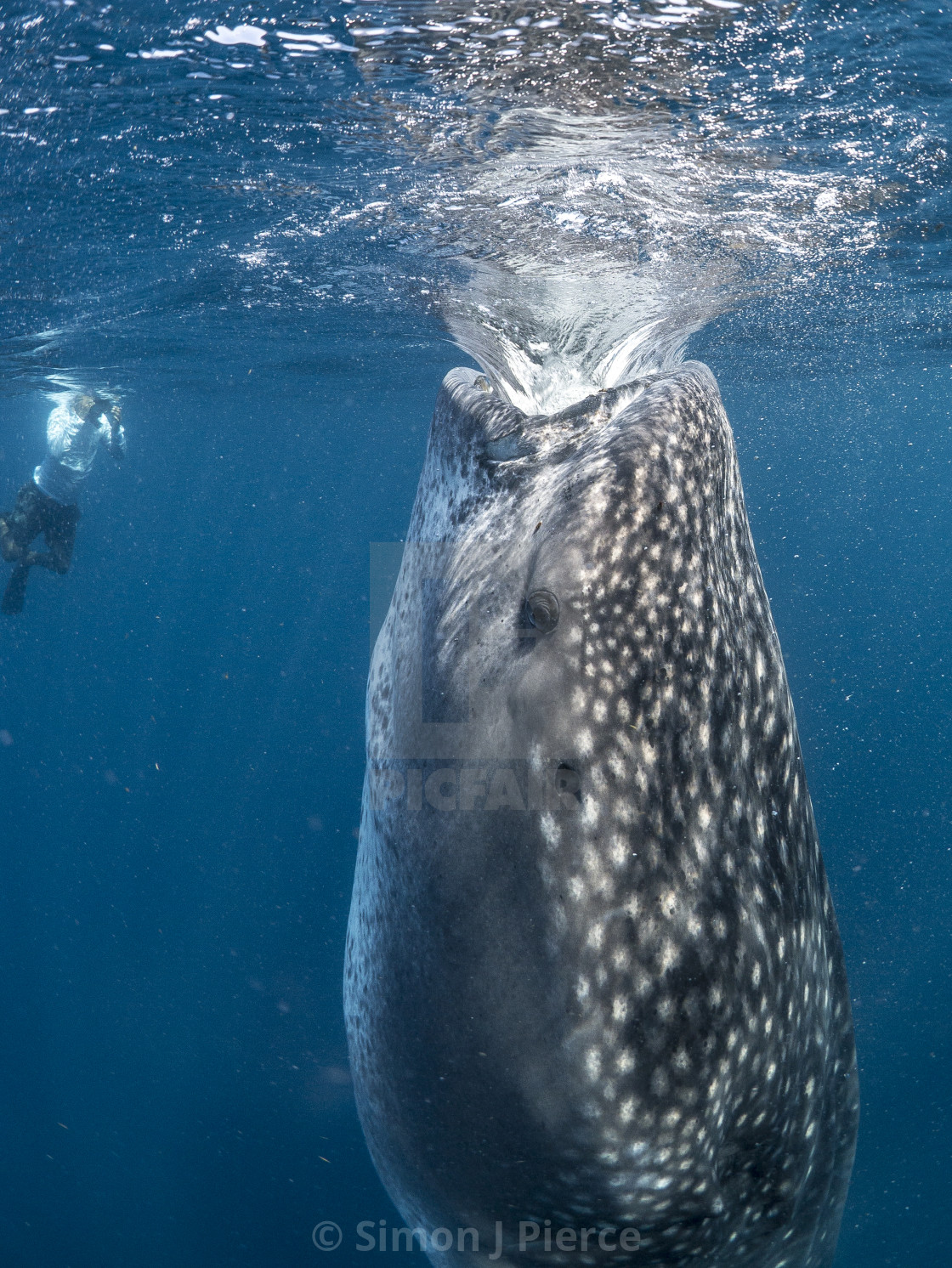


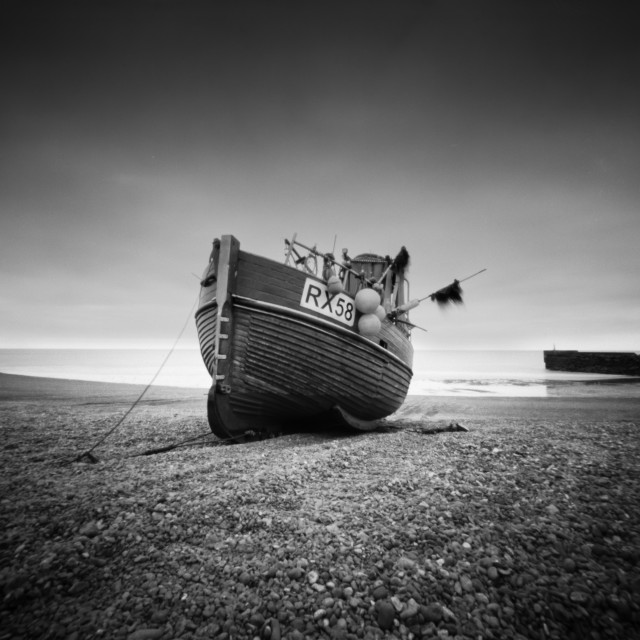
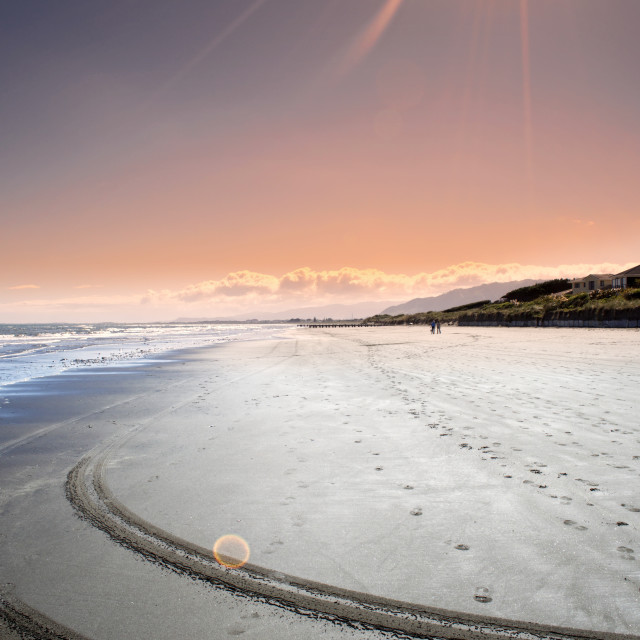
"My favourite pics tend to come from pre-visualisation - I love it when a plan comes together.Last year, I was in Mexico to lead a whale shark research expedition. Whale sharks ... Read more
"My favourite pics tend to come from pre-visualisation - I love it when a plan comes together.Last year, I was in Mexico to lead a whale shark research expedition. Whale sharks are gigantic - up to 20 m long - but they have tiny teeth, and feed solely on plankton and small fish. The sharks off Mexico are feeding on tuna spawn, which are basically little globules of fat. They’re just swimming around, sucking down lard. Good times.I had attempted a couple of silhouette shots over the preceding days but, as you can probably imagine, positioning yourself perfectly underneath a fast-moving fish is not always easy. In this particular case, there were swimmers alongside the shark which blocked me from taking the ‘science’ photos I wanted. In hindsight, the swimmers were a stroke of luck, as I think their presence improves the balance of the picture and emphasises the size of the shark." Read less
by Simon J Pierce View Store
DIGITAL DOWNLOAD
Marketing (inc editorial)
Commercial
Advertising & products
Advertising
PRINTED PRODUCTS
Wall art & prints
Wall art & prints